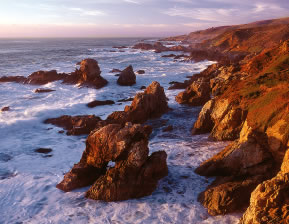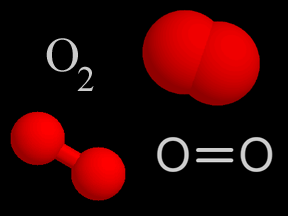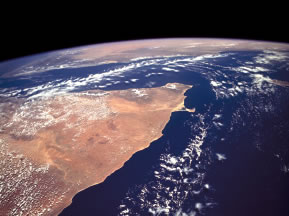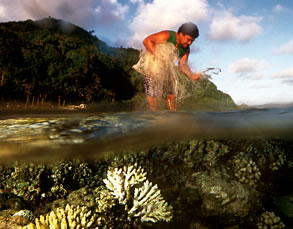
Image courtesy of Kip F. Evans
Related links:
Ocean Literacy Framework
Essential Principles and Fundamental Concepts of Ocean Science
The Earth's ocean covers about 71% of the planet's surface with saline waters. Ocean currents flow continuously, exchanging nutrients and energy between the surface and great depths, and between ocean basins and smaller seas. The ocean is the source of most life on Earth, provides most of our oxygen, regulates our weather and climate, and feeds much of the human population. Many forms of ocean life are familiar to us, but because more than half of the ocean is over 3,000 meters (9,800 ft) deep, much is unexplored and unknown.
It is important for us to understand the ocean's influence on us and our influence on the ocean. Though vast, the ocean's resources are depleted and degraded in many regions due to the demands place on them by human activities. Managing fisheries and minerals extracted from the seas and the watersheds which replenish sea water and ocean life involves complex agreements among cities, states, and nations that share them. Educational efforts about the ocean can help to enhance public ocean literacy. This will enable people to better understand how the ocean functions, communicate about the ocean in meaningful ways; and make informed and responsible decisions regarding the ocean and its resources.
The Essential Principles and Fundamental Concepts outlined in this guide to ocean science literacy represents content that does not always fall neatly within particular disciplines. This is unavoidable and demonstrates the interdisciplinary nature of ocean sciences and its relationship to the entire Earth system of which it is a part. For more information on this effort, please visit the Ocean Science Literacy web site. In addition, the Ocean Science Literacy Framework has been aligned with the National Science Education Standards.
- Essential Principle 1: Earth has one big ocean with many features.
- Essential Principle 2: The ocean and life in the ocean shape the features of Earth.
- Essential Principle 3: The ocean is a major influence on weather and climate.
- Essential Principle 4: The ocean supports a great diversity of life and ecosystems.
- Essential Principle 5: Earth's weather and climate vary over time and space.
- Essential Principle 6: The ocean and humans are inextricably linked.
- Essential Principle 7: The ocean is largely unexplored.
The Ocean Literacy Campaign has been and continues to be supported by numerous professional organizations and individuals with an interest in improving public ocean literacy and protecting our ocean planet. For more information visit: www.oceanliteracy.net/index.html.













